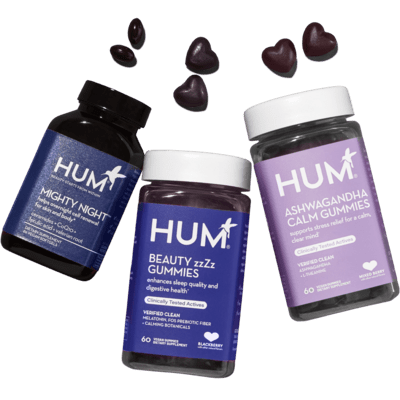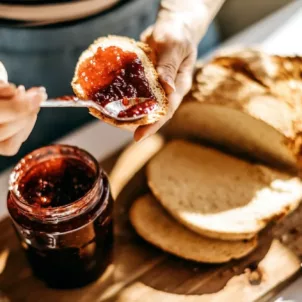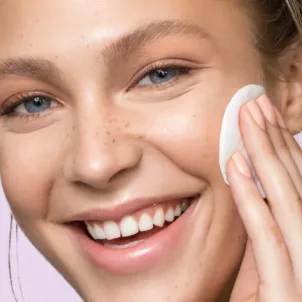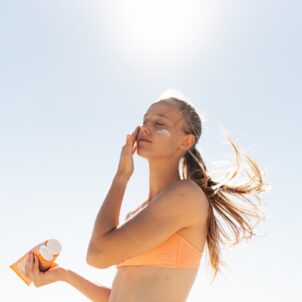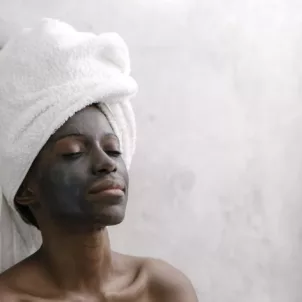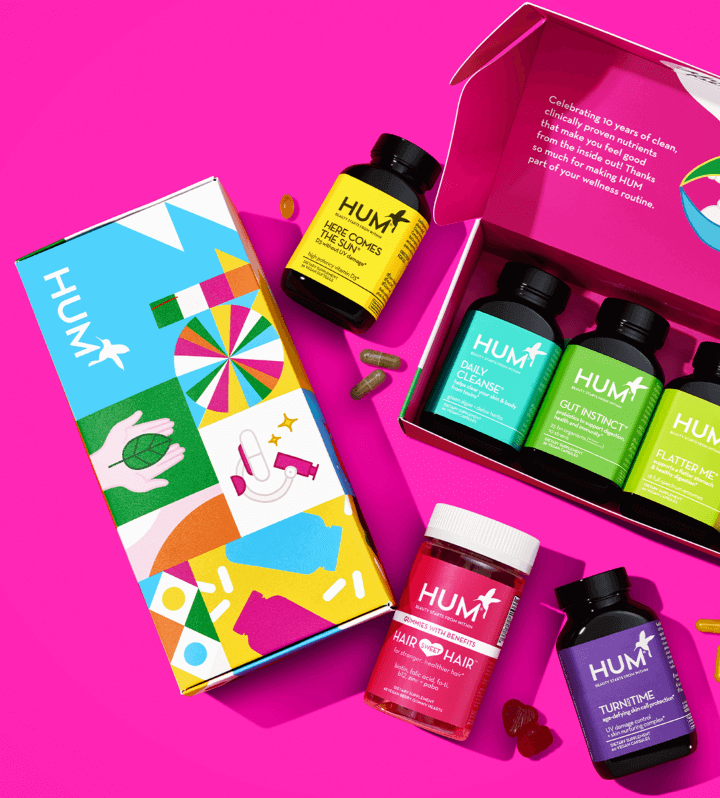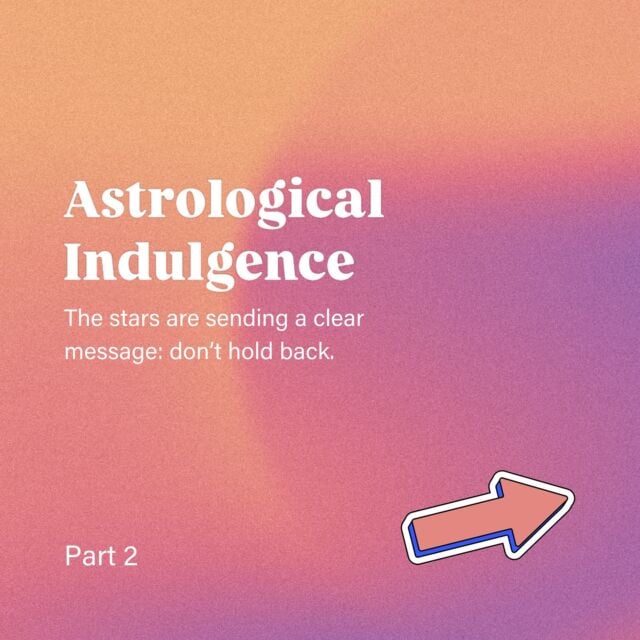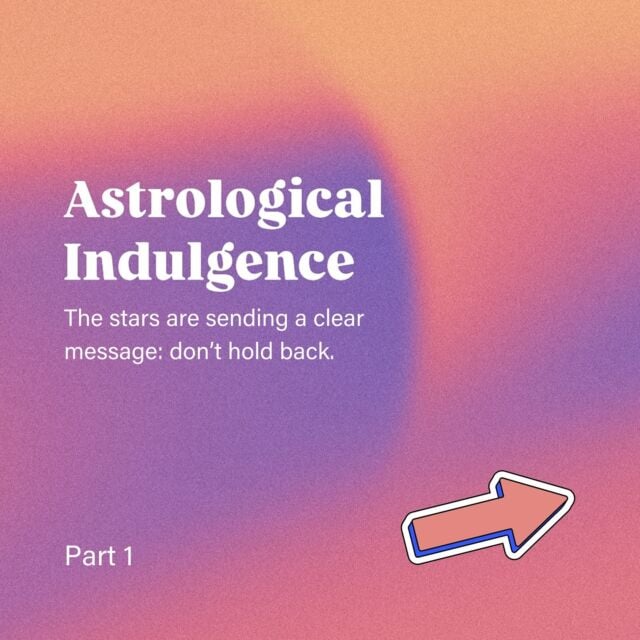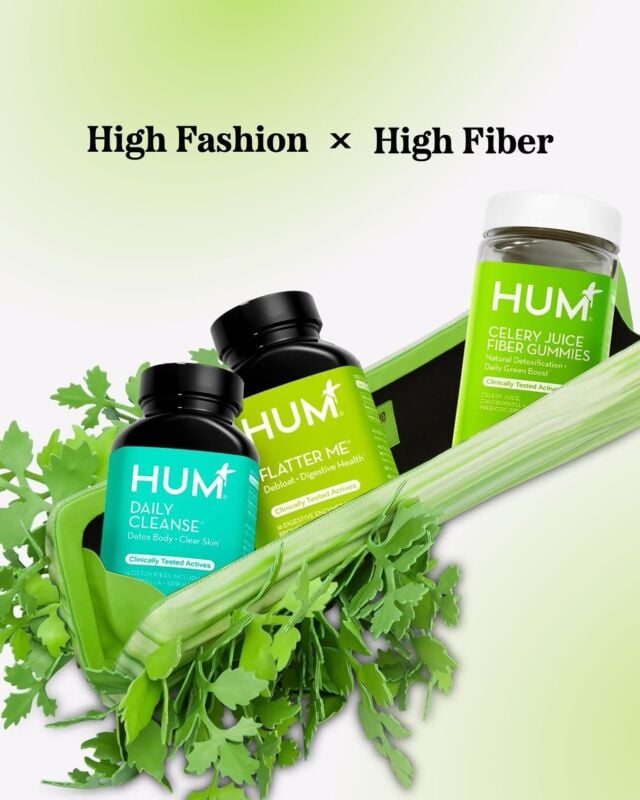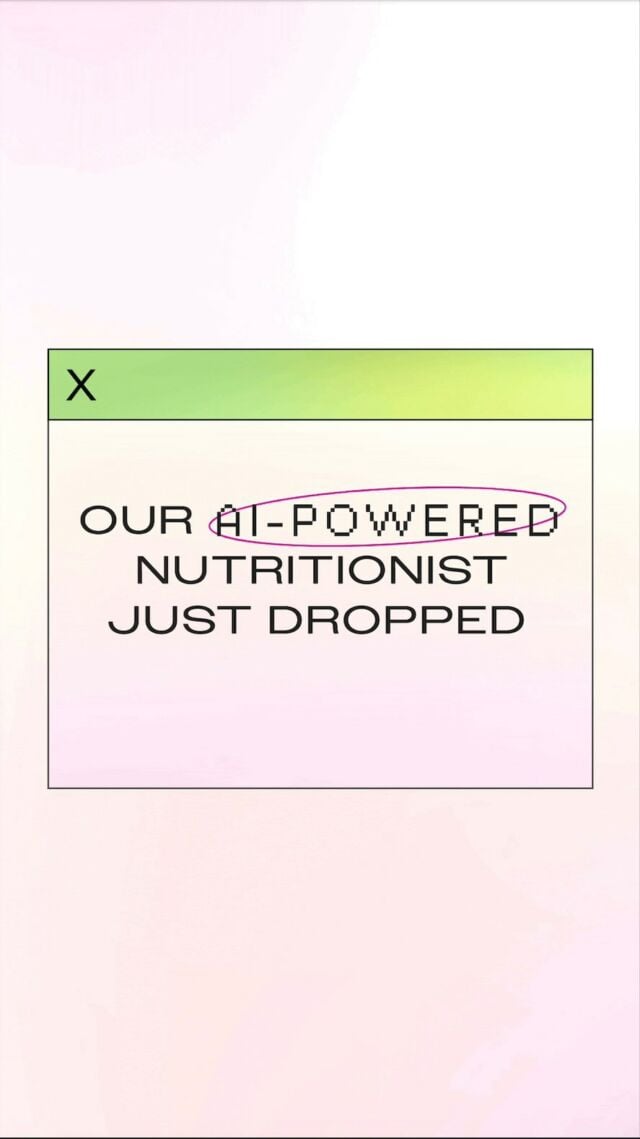Cheese is my gateway drug to unhealthy eating. Seriously, if I get my hands on a piece of Tillamook cheddar, it’s all over (#GoodbyeCleanEats). And, potentially, goodbye blemish-free skin. Dairy and acne, and if they’re related, have been hotly debated.
Chances are you know someone who experienced an improvement in their acne after cutting out dairy—or, at least, have read a firsthand account on the internet. And if you’re struggling with acne, you’re probably willing to try anything—even cutting out your beloved non-fat lattes—to rid yourself of blemishes. So could dairy really be at the root of your skin woes?
To get to the bottom of it, I consulted Whitney Bowe, MD, Assistant Medical Director of Laser and Cosmetic Services at Advanced Dermatology, P.C. and Clinical Assistant Professor of Dermatology at the Icahn School of Medicine at Mount Sinai Medical Center. She literally wrote the study on how diet affects your skin (it was published in the Journal of the Academy of Dermatology). Here, she breaks down the link between dairy and acne.
So, Does Dairy Cause Acne?
“I have found milk-based products to cause acne when ingested orally,” says Dr. Bowe. “While the intensities of the effects vary from person to person, there’s a link between ingesting dairy products and breakouts. I’ve actually published on this extensively. Not only do I see a link with my patients, but I also see one in the literature in published peer-reviewed epidemiological studies.” The worst two offenders? Dairy milk and ice cream. (Luckily—or not—for me, cheese and yogurt don’t seem to have the same effect.)Why?
“Previous studies suggested it may be the hormones in dairy that are the culprit, but the latest research shows that milk proteins, whey and casein, are also to blame,” says Dr. Bowe. “The exact process is still unknown, but the thought is that when they bind to receptors in the digestive tract they signal certain molecules that trigger breakouts.” Avoid skim milk in particular, because when companies remove the fat they add more of these proteins so that the milk doesn’t look and taste watery.How Can you Tell if Dairy is the Culprit Behind Your Breakouts?
Cut dairy from your diet for at least a month, and see if your skin improves. “Sometimes it takes that long, if not longer, to see an impact on the skin.” Also, if you do decide to go cold turkey on dairy, make sure you’re still getting enough calcium and vitamin D. (We recommend HUM’s vegan-friendly supplements Got Calcium and Here Comes the Sun.)How to Fight Dairy-Related Acne
“Treating dairy-based acne can be as simple as removing these products from your diet and seeing an improvement,” she says. “However, it’s so important to keep in mind that dietary modifications are only meant to be used in conjunction with other tried and true acne therapies.” See your derm to get a comprehensive approach to battling your acne.The Best Milk Alternatives
Switch to almond milk, coconut milk, or rice milk, advises Bowe. “Almond milk is a great alternative, as it’s dairy-free and low-glycemic index, both of which can help improve the quality of your skin,” she adds. “Almond milk is also rich in protein, which is great for keeping skin, hair and nails healthy.” If you can’t bear to part with dairy completely, Bowe recommends low-sugar yogurt. “The probiotics in yogurt are beneficial to the skin and play a role in helping to control breakouts.”When Milk Can Actually Help Your Skin
“Using milk-based products topically provides intense hydration and soothing effects,” Dr. Bowe says. She loves Josie Maran Argan Milk Intensive Hydrating Treatment and The Organic Pharmacy’s Rose and Chamomile Cleansing Milk. She also recommends DIY yogurt masks to help with inflamed skin.More like this
